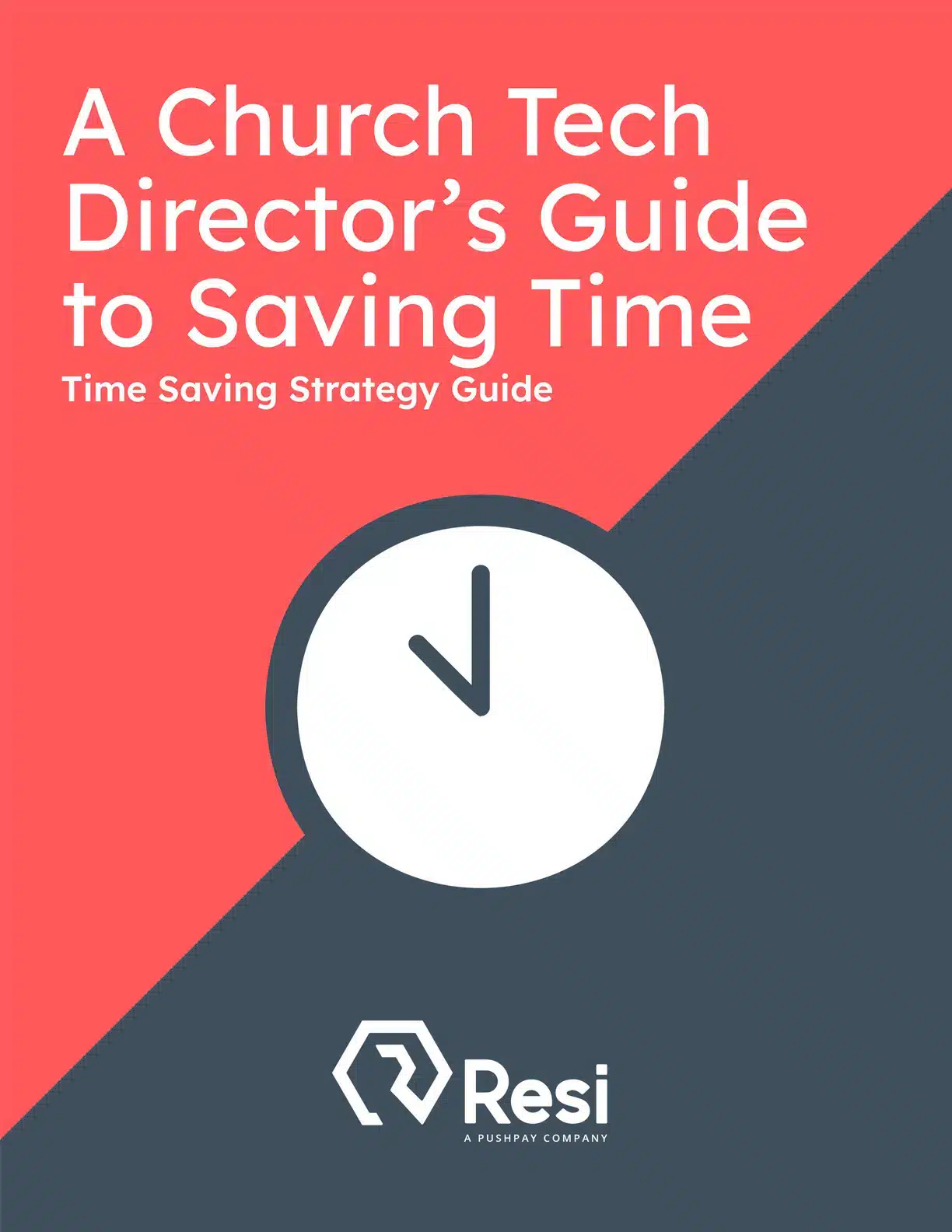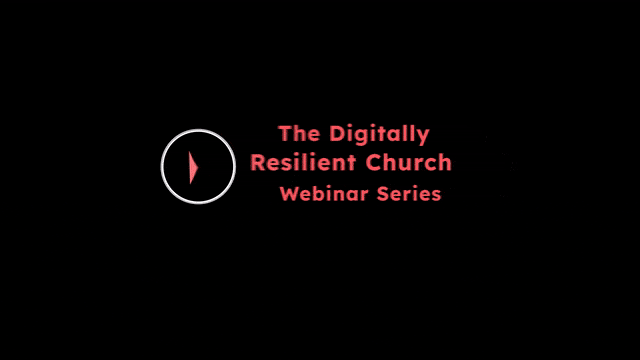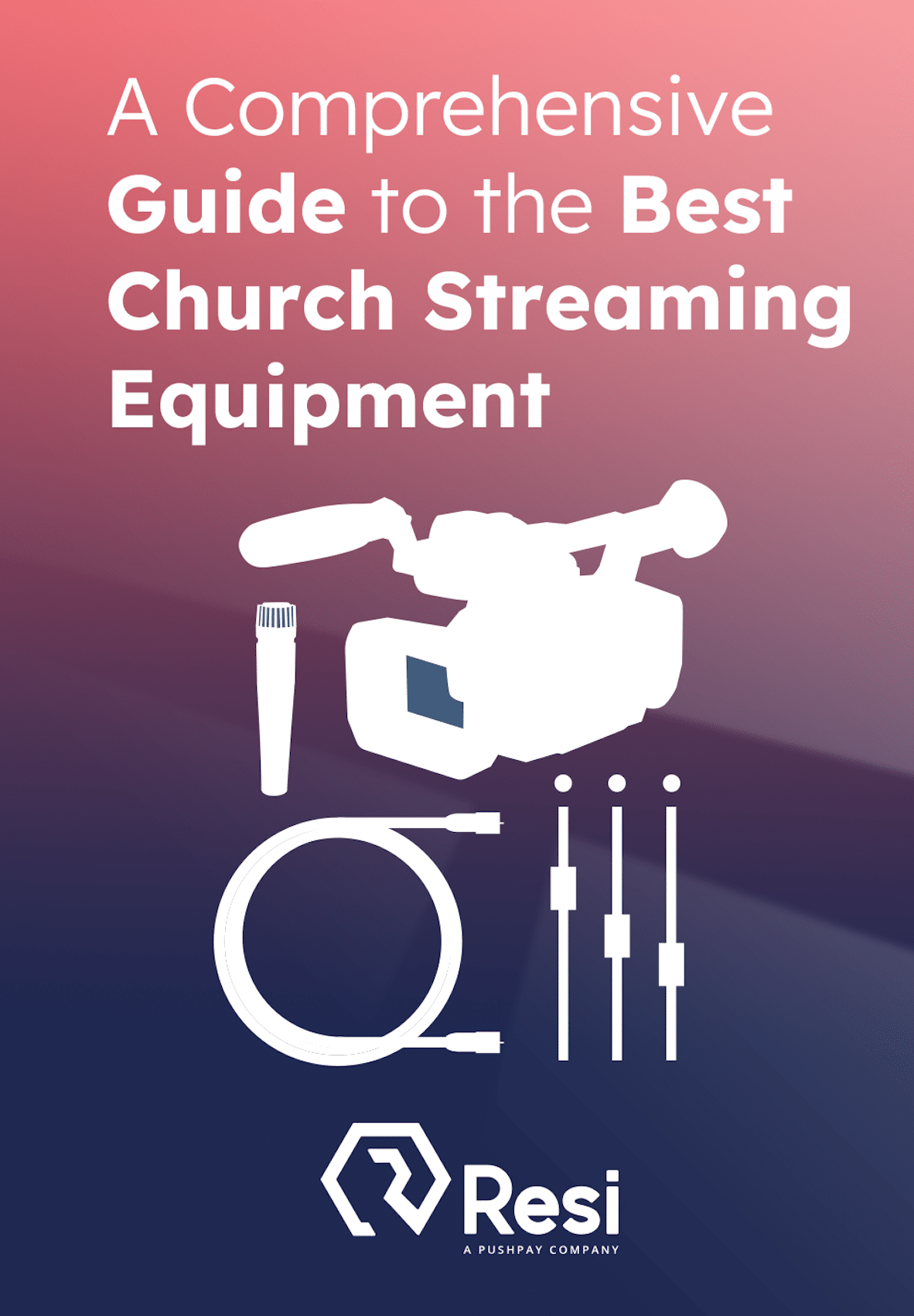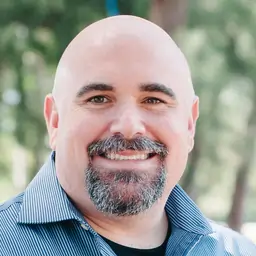
The idea of digital evangelism is not a new concept. Organizations like Global Media Outreach and the Billy Graham Evangelical Organization create ad campaigns globally to connect with individuals who don’t know Jesus.
Using engagement platforms like WhatsApp, these organizations build relationships with individuals, giving people a greater understanding of who Jesus is. Ultimately, people are open to conversations on spirituality via digital channels.Your church, as in your brick-and-mortar building, can reach people within your physical proximity and the other side of the planet. Livestreaming using technology like Resi plays a big part. Is your church maximizing digital evangelism?
The Evolution of Digital Evangelism
Billy Graham, in 1995, preached a sermon on Global Mission in San Juan, Puerto Rico. This sermon bounced off dozens of satellites and was translated into 48 languages in real time.
Billy’s sermon was effectively heard by millions of people simultaneously. So, the idea of livestreaming church services isn’t new, and if Billy did it in 1995, why can’t we do the same thirty years later?
People who need Jesus are online! Our potential reach is astronomical if we look at the active users on some of these social media platforms. For example, Active Facebook Users (3.049 billion) globally currently outnumber the populations of China (1.425 billion) and India (1.437 billion) combined.
The post-COVID culture we live in didn’t drive people away from technology. If anything, people are more likely to engage with your church digitally than ever. Unfortunately, it’s not as easy as flipping a switch and getting a billion people to listen to you.
Recently, global marketing expert and author of multiple New York Times bestsellers Seth Godin said, (and I’m paraphrasing here), that a billion people don’t care about anything you have to say. To get our message heard worldwide, we need to think smaller. From a practical standpoint, when we generalize our communication to reach everyone, we connect with relatively no one. Seth says we should precisely aim our communication at reaching specific people.
Barbara Carneiro, church communications expert and CEO of Word Revolution, once told me that “organizations never regret thinking smaller.” It’s a fascinating quandary. Trying to reach more people effectively actually reaches fewer people.
But by narrowing its focus, your church can effectively reach more people.
Church Livestreaming as a Tool for Digital Evangelism
The idea of target audiences or personas is foreign to the physical church in the United States; often, the idea is perceived as controversial when discussing this.
In 1 Corinthians 9, Paul talks about how he became “all things to all people, that by all means I might save some.” However, watching Paul adopt his communication methods for the areas he’s in gives a great example of how to do this physically.
Paul, in Rome, talking about the unknown God (Acts 17:23-31) is an excellent model of Paul relating his message contextually to reach the people of Rome. I’d suggest that Paul establishes a paradigm for us digitally to create a target audience and adapt our messaging to better connect within specific demographics and regions.
Paul didn’t preach a single sermon and shotgun blast it across his missionary journeys. Instead, he contextualized and personalized his approach based on his audience and found ways to connect with them. We should do the same.
Practically, we see this when First Capital Church, a medium-sized church in Corydon, Indiana, discovered they had a couple of viewers in India. Can you believe it? From Indiana to India! First Capital then started creating campaigns aimed at building around these Indian viewers. Listen to Tyler talking on The Church Digital Podcast about how his church (and his volunteers) reach people on the other side of the planet.

Digital Evangelism Starts with a Target Audience
Target audiences also help the teaching pastor understand who they are talking to.
Is your target audience a particular age? Or live in a geographical location? Some other demographic characteristics? It’s elementary for the physical church pastor to understand that he’s preaching to the people in the physical room with him.
Still, any multisite teaching pastor understands there are different people on the other side of the camera. Online, this can get even more complex. Church livestreaming lets you connect with audiences at varying times on various platforms and in a variety of locations. There’s no way you can preach to everyone.
At some level, the communicator will feel the tension in generalizing his message “for everyone,” but remember that trying to reach everyone effectively reaches no one. A target audience or persona will even allow a teaching pastor to tailor his talks or stories/illustrations to the type of audience the church is reaching online.
Note: Physical audiences and online audiences may (and often) differ. You may find they’re completely different. Contextually, how that is handled is up for discussion at your church, but remember your online audience is real people looking to your church for connection, community, and discipleship. As Tyler said in the video above, you could have a church planter in your online audience who wants your permission to reach people for Christ.
Digitally Activating the People in Your Physical Pews
Maybe the best opportunity for digital evangelism using your church services and online content is with your physical attendees. Everyone has some level of influence online.
What if your pastor told the physical audience weekly, “Do you know someone who needs to hear this sermon? The sermon is available on our website on-demand right now. Share that link with them.”
Using simple artificial intelligence at this point, sermons can be quickly scanned and converted into questions and resources that your physical (or online) attendees can use as a discussion guide in small groups or other casual settings.
It’s worth noting that the actual livestream on Sunday at 9AM will get in front of eyeballs. But you’ll see those eyeballs grow exponentially if you can quickly put that resource on demand. Resi’s On Demand does a great job of simplifying the workflow, which once took hours and now takes minutes. Coupled with that, shorter format videos on TikTok, Instagram Reels, or YouTube Shorts get in front of even more eyeballs.
Taking Back Monday: A Church Tech Director’s Guide to Saving Time
With this resource, you can take back time on Mondays and focus on what matters most—serving your ministry.
Download for free!
Resi works with “Sermon Shots,” where artificial intelligence can be used to quickly turn quotes from your sermon into short, easily consumable clips that can be posted on the church’s social media channels and shared as well by the people more friendly to your church on their personal social media channels.
The Challenges of Drive-By Digital Evangelism
I met with a pastor once who had a vision of what his medium-sized African-American physical church could do digitally.
“Jeff, I want to see people get saved in Africa. I want to see Egyptian people get baptized due to my sermons,” he said.
“So, what happens to this Egyptian person after they get baptized?,” I asked.
He responded, “I don’t know, Jeff. That’s not my problem.”
His response shocked me. I suggested that what happens after someone gets baptized by your sermon is your problem. Or, to put a more positive spin on it: Not your problem, your opportunity.
Drive-by digital evangelism is not a Kingdom win and if we are going to use church livestreaming and other methods to get the message of Christ globally using digital tools, then we need to have a plan beyond digital evangelism that allows for ongoing discipleship using digital tools, whether we provide that discipleship directly or partner with another church or organization to meet that ongoing spiritual need.
Technological Considerations for Effective Livestreaming
One of the negatives surrounding expanding digital ministry is that church staff, including Lead Pastors and Tech Directors alike, feel like they already have enough stress in their job, and adding another dimension to their job seems overwhelming.
Investing in quality hardware, software, and services as offered by Resi will give your church the stability to “set it and forget it,” meaning the tech aspects of what you’re church is doing digitally can be simplified so that getting your message in front of your digital audience can be done in mere minutes, not days.
Resi’s stability will allow your church to focus on the tasks at hand and not worry about the technological aspects of the stream itself. For more information on Resi and how to create a stable livestreaming experience for your church, and expand your digital evangelism opportunities, sign up to get a demo!








